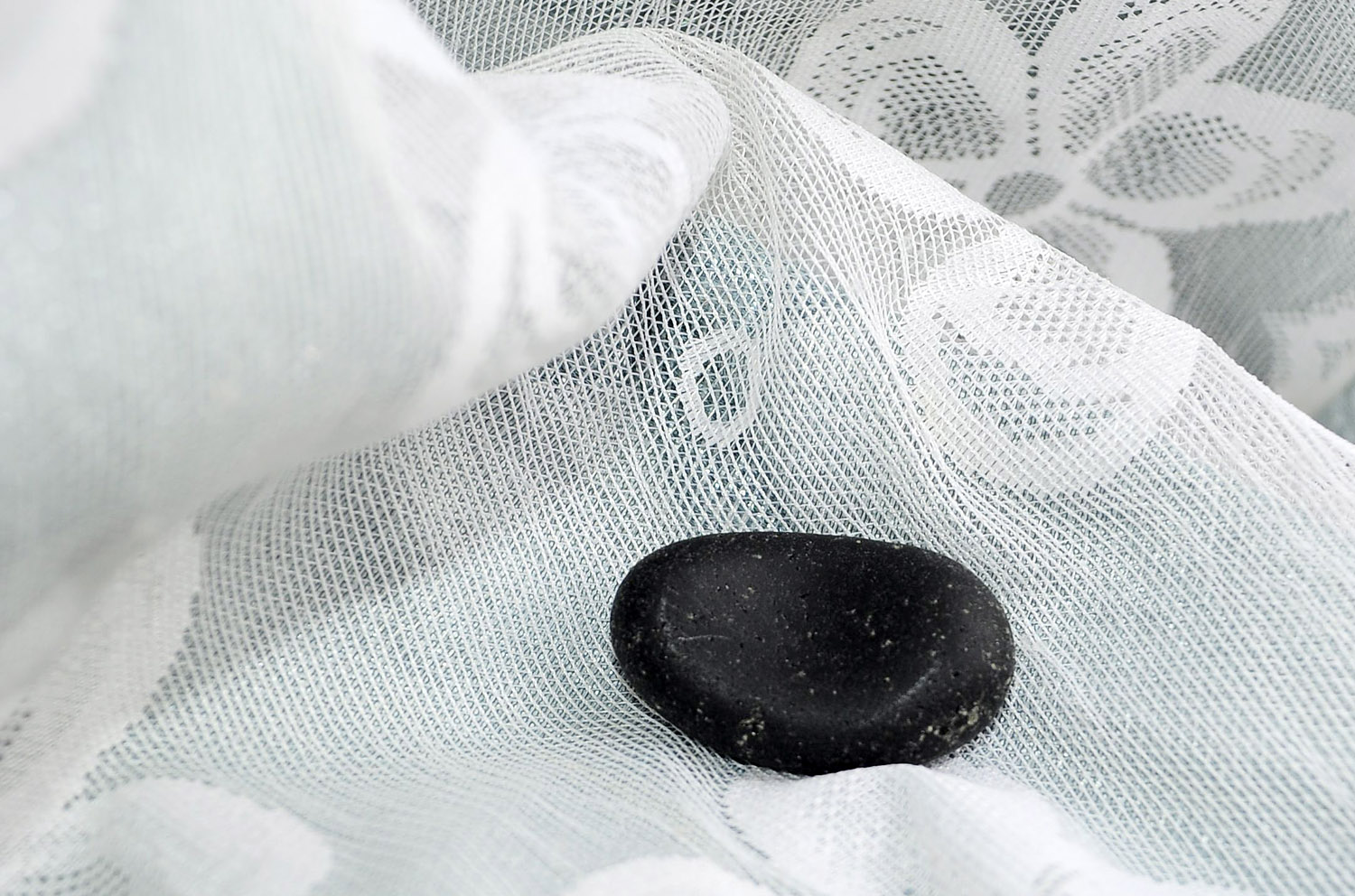Tearful, in a good way. Voyager sent me a priceless gift, a beautiful piece of sea glass, from the 17th to 18th century. It comes from large glass barrels which were used to transport goods in the early days of shipping. It’s an unusual size and colour, and I’m astonished Voyager could give it up, but I am beyond thankful. Thankful is completely inadequate…I hold this ‘stone’ in my hand, this small tether to people and events of long ago, a piece of history, and it fills me with awe. Such a gift. I shall carry it with me, and use its power to transport me to another age when I need it, and I’ll be needing that a lot this year. Another thank you for the magnificent card too. You can read a bit about black sea glass here.
© C. Ford, all rights reserved.


I’ve been carrying it with me since I got, makes me feel better.
A lovely piece, thank you for sharing. I would love to see it against a light and its difference in colour. And I learned quite a bit from the article you linked (as a chemist I definitly have to say: the colouring of glas is a really interesting topic!).
That is a cool gift!
I remember as a kid seeing a piece of (clear) glass that had bee polished to rounded shapes by the waves and ice of a lake. There used to be a brewery/soda factory by just by the lake decades earlier and there were these pieces of glass left from it, most of the other things had been long gone.
In Helsinki I’ve also seen pieces of bricks that have become like pebbles on a beach.
Thank you, Avalus. If we get good sun one of these days, I’ll do my best! A flashlight only illuminates the edges, I wouldn’t be able to capture it.
I really enjoyed reading and learning about sea glass too, it’s a fascinating subject. This particular piece is from Canada, Ontario side, so it relates to early shipping there. I was really taken with the subject of black glass specifically, especially the glass iron slag was added to, for strength. Now I wonder, how often I walked by, or walked on black sea glass growing up in Southern California.
Ice Swimmer:
I can easily see how people could seriously get into collecting as a hobby. If I was still near an ocean, I’d probably be out doing it now. :)
Now that’s cool, brick pebbles! Water is wonderful stuff.
I’m so pleased that you like the glass. I was pretty sure you would appreciate the history. I’m even more pleased that you will find it helpful in the days ahead.
I do have a small sea glass collection. Most of it, including the piece I sent you comes from the Gaspe peninsula. There is a slight difference between ocean glass and fresh water glass. The salt in the ocean causes minor pitting which leaves a bit of a patina. Fresh water polishes to a more mirror-like finish, like marbles. All of it is wonderful to find.
Voyager, oh yes, I appreciate the history! I’m attracted to such like a Magpie to shiny. It’s very soothing, and it fits both thumbs beautifully. It does feel as though it should be a left hand carry, because the ridge is thicker to the right, and more worn down to the left.
That lace isn’t bad either.
The linked article says that much of the black glass was produced in Murano. If you have the chance, please, go to Venice and visit the Island of Murano. It is a remarkable place and one of the cities I love best.
That’s a lovely thought, but I don’t have that kind of money.